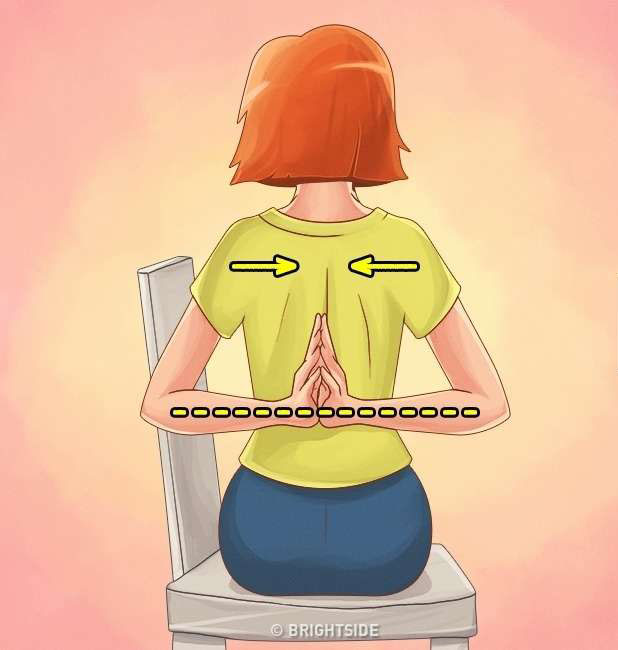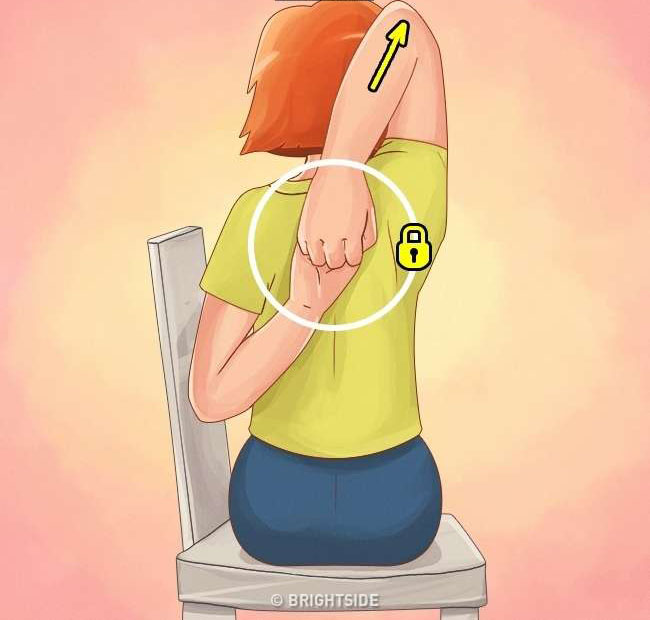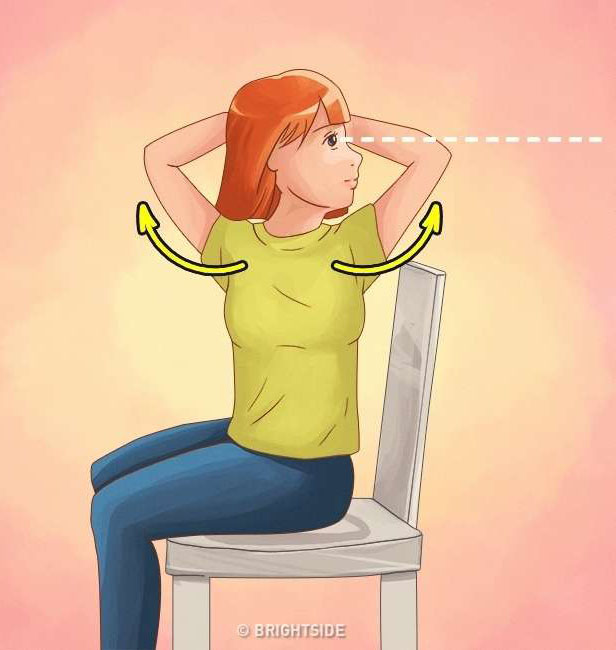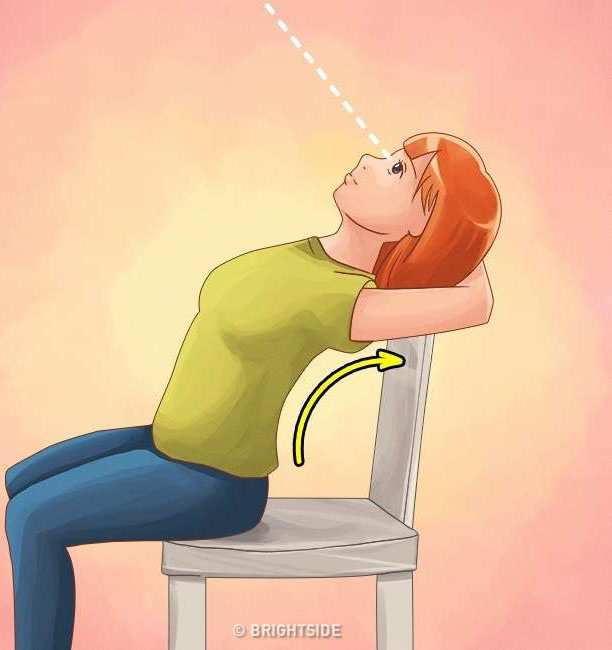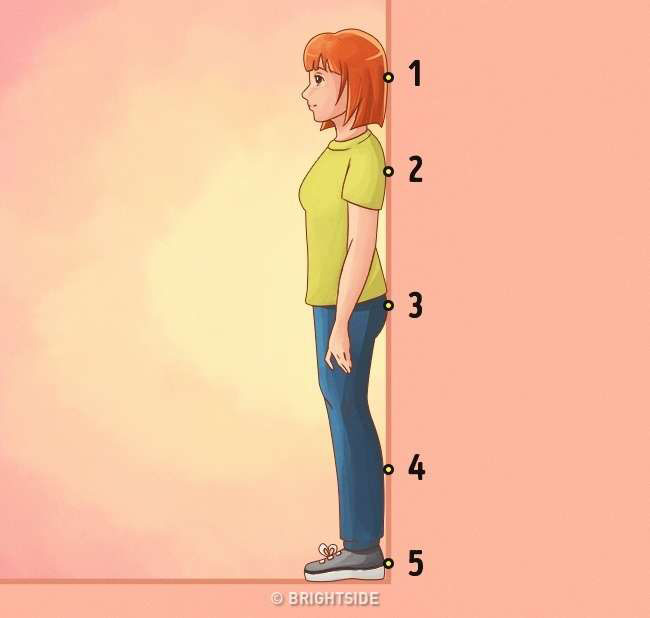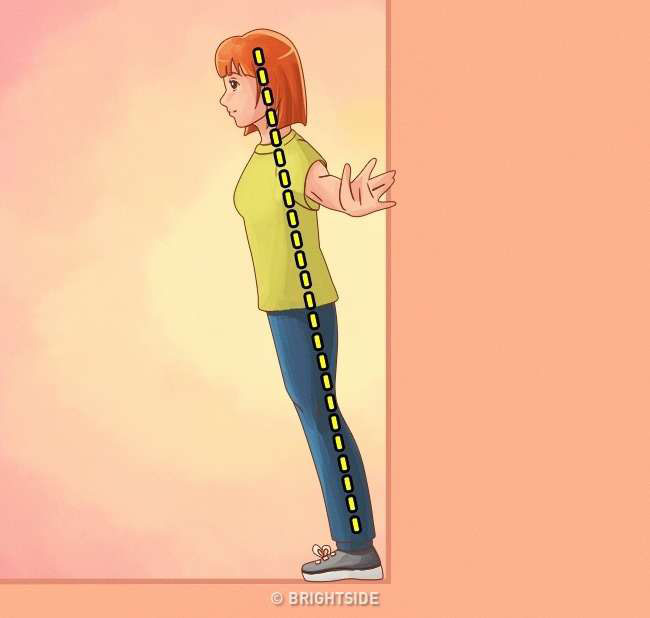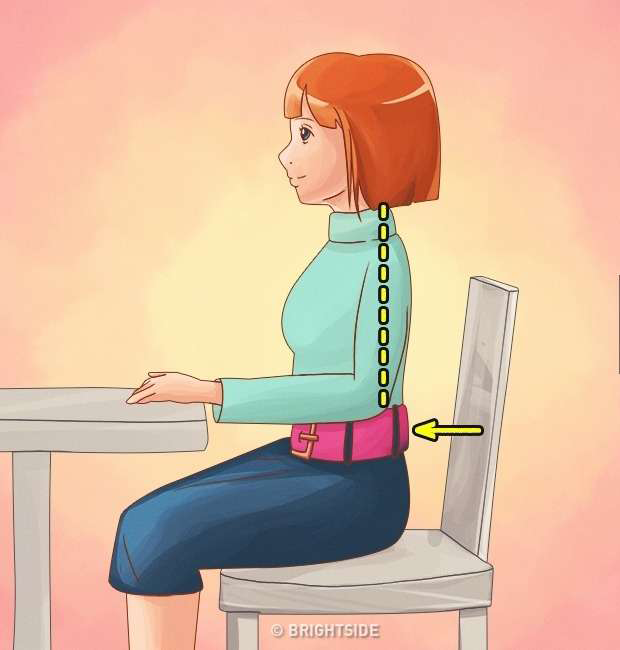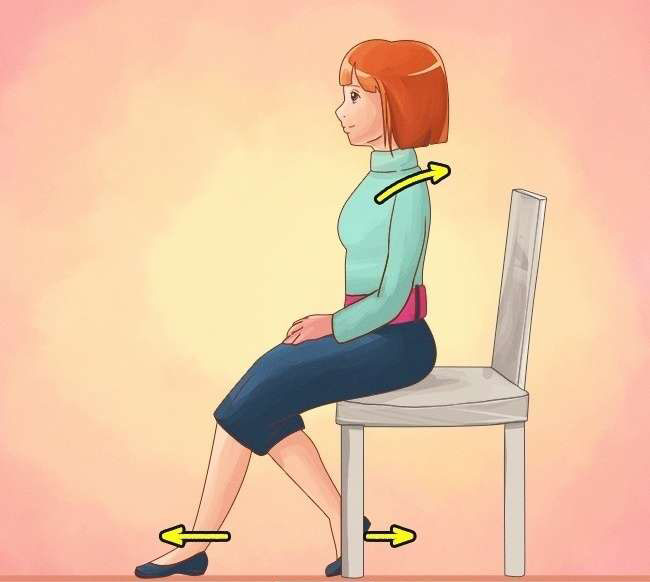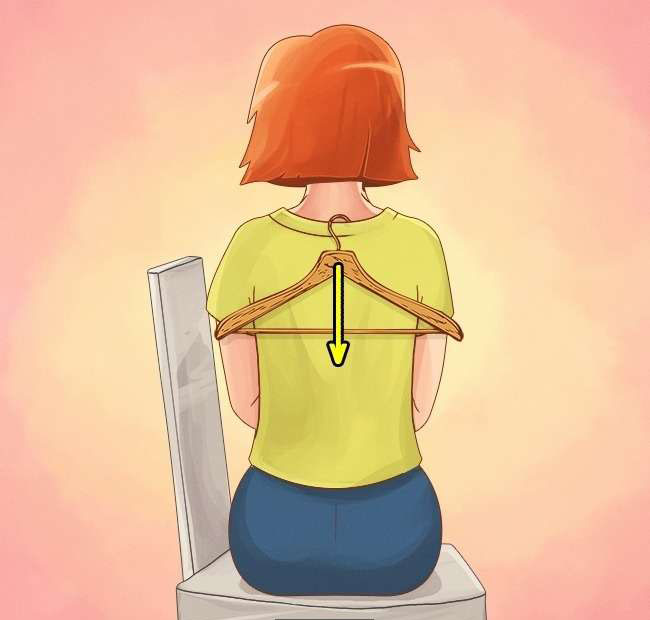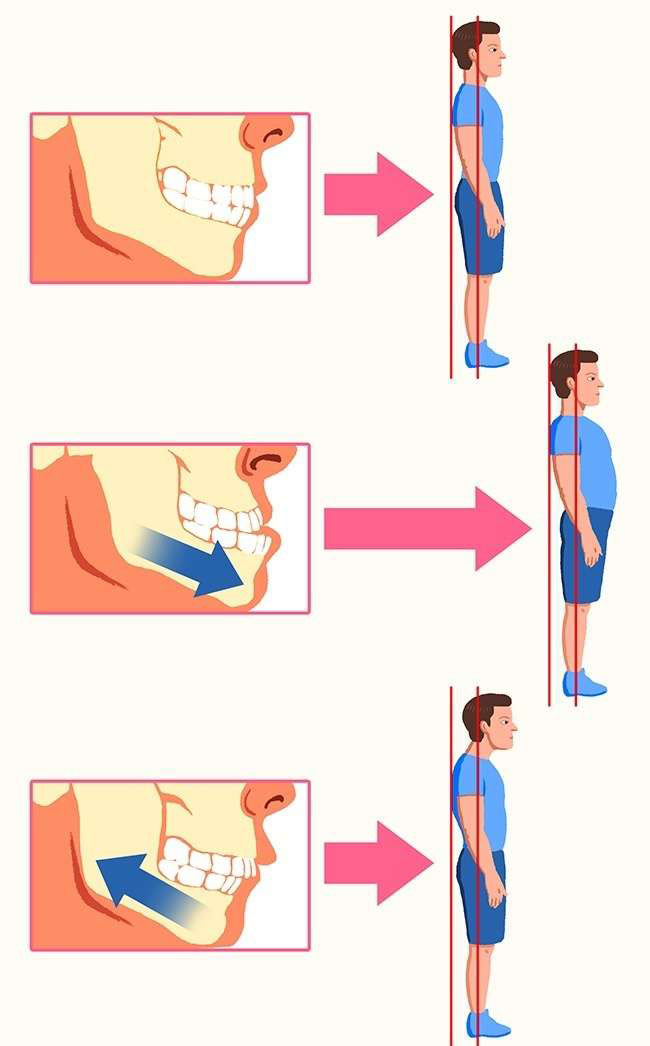習近平簡歷
2017-10-26
男,漢族,1953年6月生,陝西富平人,1969年1月參加工作,1974年1月加入中國共產黨,清華大學人文社會學院馬克思主義理論與思想政治教育專業畢業,在職研究生學歷,法學博士學位。
現任中國共產黨中央委員會總書記,中共中央軍事委員會主席,中華人民共和國主席,中華人民共和國中央軍事委員會主席。
中共第十五屆中央候補委員,十六屆、十七屆、十八屆、十九屆中央委員,十七屆中央政治局委員、常委、中央書記處書記,十八屆、十九屆中央政治局委員、常委、中央委員會總書記。第十一屆全國人大第一次會議當選為中華人民共和國副主席。十七屆五中全會增補為中共中央軍事委員會副主席。第十一屆全國人大常委會第十七次會議任命為中華人民共和國中央軍事委員會副主席。十八屆一中全會任中共中央軍事委員會主席。第十二屆全國人大第一次會議當選為中華人民共和國主席、中華人民共和國中央軍事委員會主席。十九屆一中全會任中共中央軍事委員會主席。
★ 1969-1975年 陝西省延川縣文安驛公社梁家河大隊知青、黨支部書記
★ 1975-1979年 清華大學化工系基本有機合成專業學習
★ 1979-1982年 國務院辦公廳、中央軍委辦公廳秘書(現役)
★ 1982-1983年 河北省正定縣委副書記
★ 1983-1985年 河北省正定縣委書記,正定縣武裝部第一政委、黨委第一書記
★ 1985-1988年 福建省廈門市委常委、副市長
★ 1988-1990年 福建省寧德地委書記,寧德軍分區黨委第一書記
★ 1990-1993年 福建省福州市委書記、市人大常委會主任,福州軍分區黨委第一書記
★ 1993-1995年 福建省委常委,福州市委書記、市人大常委會主任,福州軍分區黨委第一書記
★ 1995-1996年 福建省委副書記,福州市委書記、市人大常委會主任,福州軍分區黨委第一書記
★ 1996-1999年 福建省委副書記,福建省高炮預備役師第一政委
★ 1999-2000年 福建省委副書記、代省長,南京軍區國防動員委員會副主任,福建省國防動員委員會主任,福建省高炮預備役師第一政委
★ 2000-2002年 福建省委副書記、省長,南京軍區國防動員委員會副主任,福建省國防動員委員會主任,福建省高炮預備役師第一政委
(1998-2002年清華大學人文社會學院馬克思主義理論與思想政治教育專業在職研究生班學習,獲法學博士學位)
★ 2002-2002年 浙江省委副書記、代省長,南京軍區國防動員委員會副主任,浙江省國防動員委員會主任
★ 2002-2003年 浙江省委書記、代省長,浙江省軍區黨委第一書記,南京軍區國防動員委員會副主任,浙江省國防動員委員會主任
★ 2003-2007年 浙江省委書記、省人大常委會主任,浙江省軍區黨委第一書記
★ 2007-2007年 上海市委書記,上海警備區黨委第一書記
★ 2007-2008年 中央政治局常委、中央書記處書記,中央黨校校長
★ 2008-2010年 中央政治局常委、中央書記處書記,中華人民共和國副主席,中央黨校校長
★ 2010-2012年 中央政治局常委、中央書記處書記,中華人民共和國副主席,中共中央軍事委員會副主席,中華人民共和國中央軍事委員會副主席,中央黨校校長
★ 2012-2013年 中央委員會總書記,中共中央軍事委員會主席,中華人民共和國副主席,中華人民共和國中央軍事委員會副主席
★ 2013- 中央委員會總書記,中共中央軍事委員會主席,中華人民共和國主席,中華人民共和國中央軍事委員會主席
資料來源:新華社


















